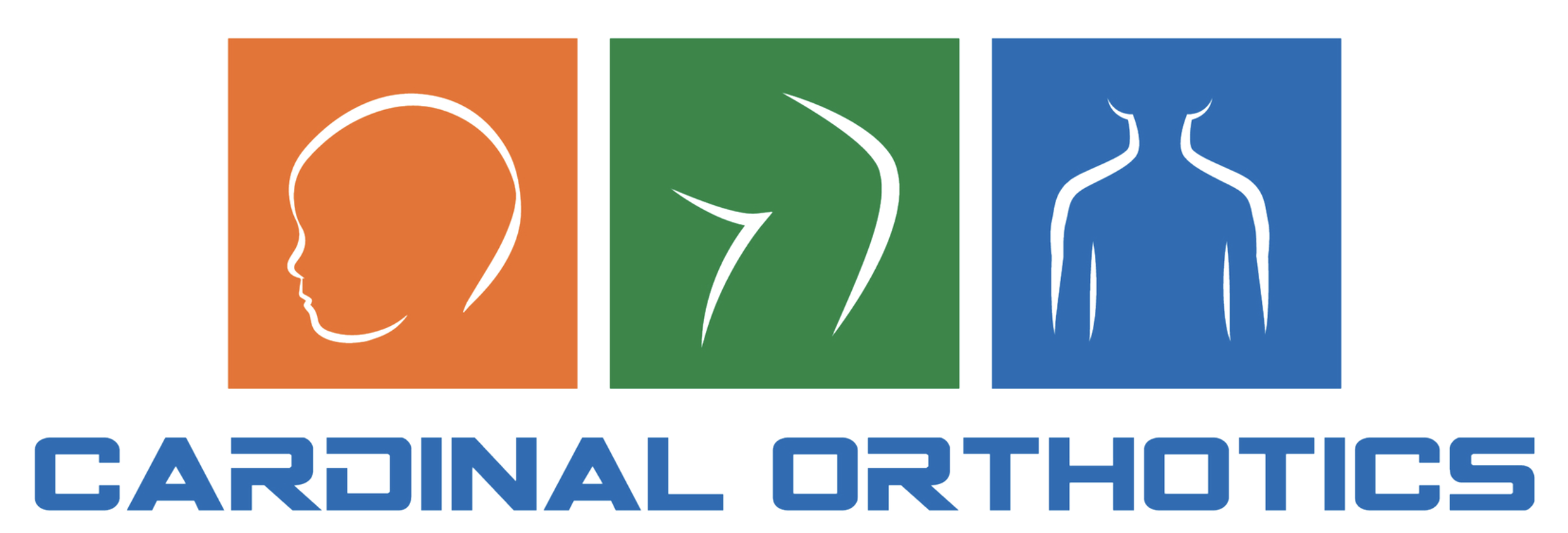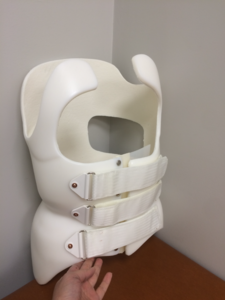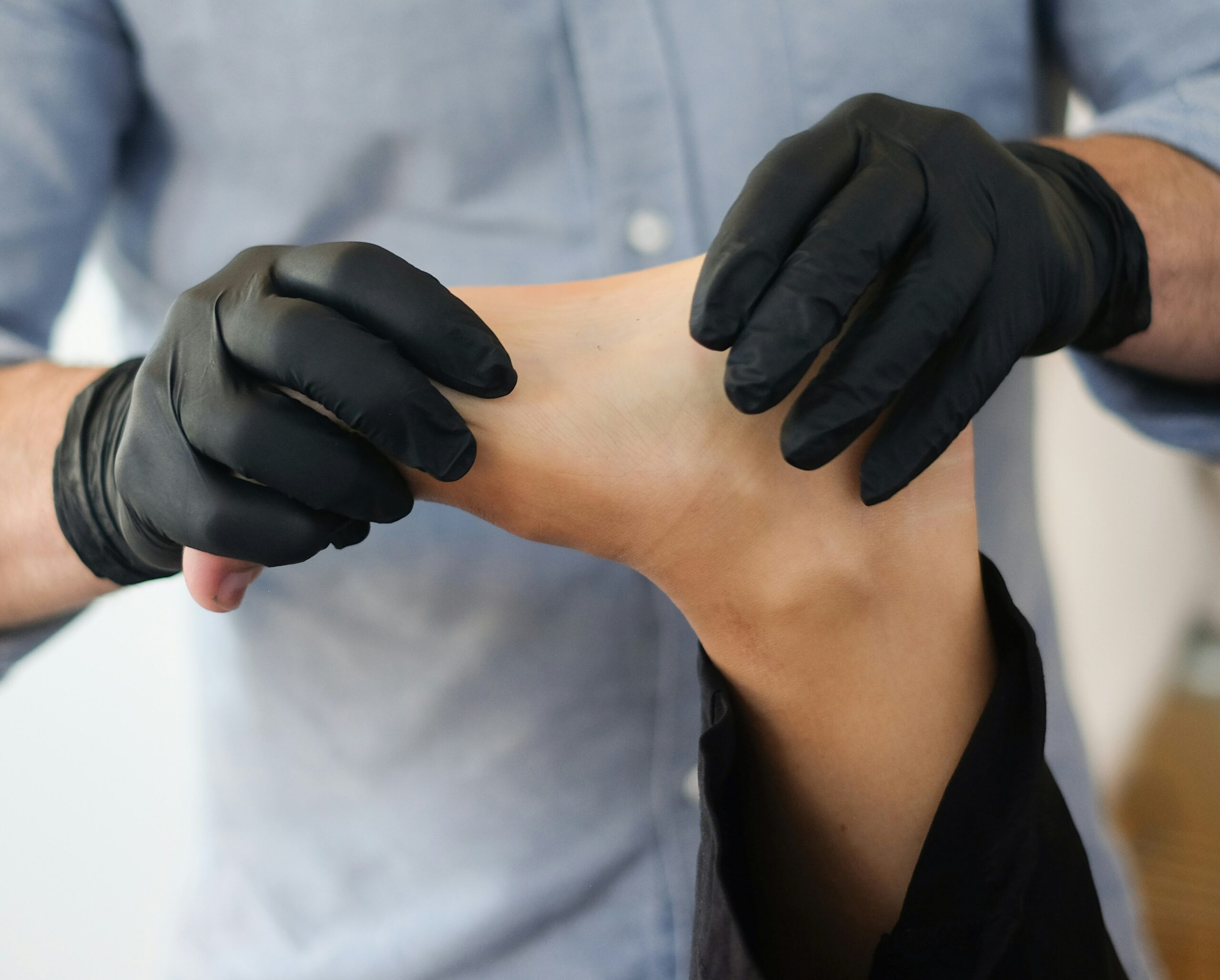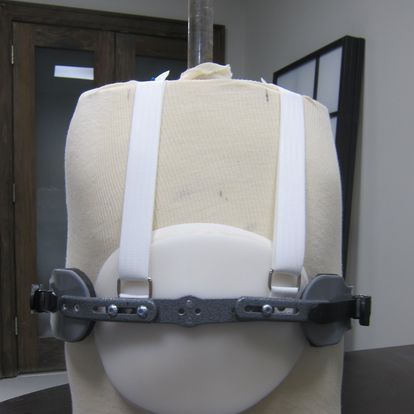
Pellentesque in ipsum id orci.
Title: Understanding Pectus Carinatum: Causes, Symptoms, and Treatment Options
Introduction:
Pectus carinatum, also known as pigeon chest or keel chest, is a chest wall deformity characterized by an outward protrusion of the sternum and ribs. While often considered a cosmetic issue, severe cases of pectus carinatum can lead to respiratory difficulties and psychological distress. In this article, we will explore the causes, symptoms, and treatment options for pectus carinatum.

Causes:
The exact cause of pectus carinatum is not fully understood, but it is believed to result from an imbalance in the growth of the rib cartilage and sternum during childhood and adolescence. Genetics may also play a role, as pectus carinatum can run in families.
Symptoms:
The most common symptom of pectus carinatum is the outward protrusion of the sternum, which may become more pronounced during periods of rapid growth, such as puberty. Other symptoms may include chest pain, difficulty breathing, and decreased exercise tolerance.
Treatment Options
1. External Bracing: External bracing, also known as dynamic compression therapy, is a non-surgical treatment option for mild to moderate cases of pectus carinatum. Custom-fitted chest braces are worn over the chest wall and apply pressure to the protruding area, gradually reshaping the chest over time.
2. Surgical Correction: In more severe cases of pectus carinatum or when conservative treatments are ineffective, surgical correction may be recommended. The most common surgical procedure for pectus carinatum is the Ravitch technique, which involves removing the abnormal cartilage and reshaping the chest wall to a more normal configuration.
3. Physical Therapy: Physical therapy techniques, such as chest wall exercises and breathing exercises, may be prescribed to improve chest wall mobility and respiratory function in individuals with pectus carinatum.
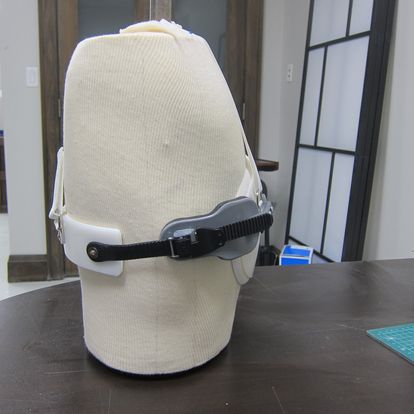
Conclusion: Pectus carinatum is a chest wall deformity characterized by an outward protrusion of the sternum and ribs. While often asymptomatic, severe cases of pectus carinatum can lead to respiratory difficulties and psychological distress. Treatment options range from external bracing and surgical correction to physical therapy, depending on the severity of the condition and individual needs. If you or a loved one are experiencing symptoms of pectus carinatum, consult with a qualified healthcare provider for evaluation and personalized treatment recommendations. With appropriate management, individuals with pectus carinatum can achieve improved chest wall aesthetics and respiratory function, leading to a better quality of life.
